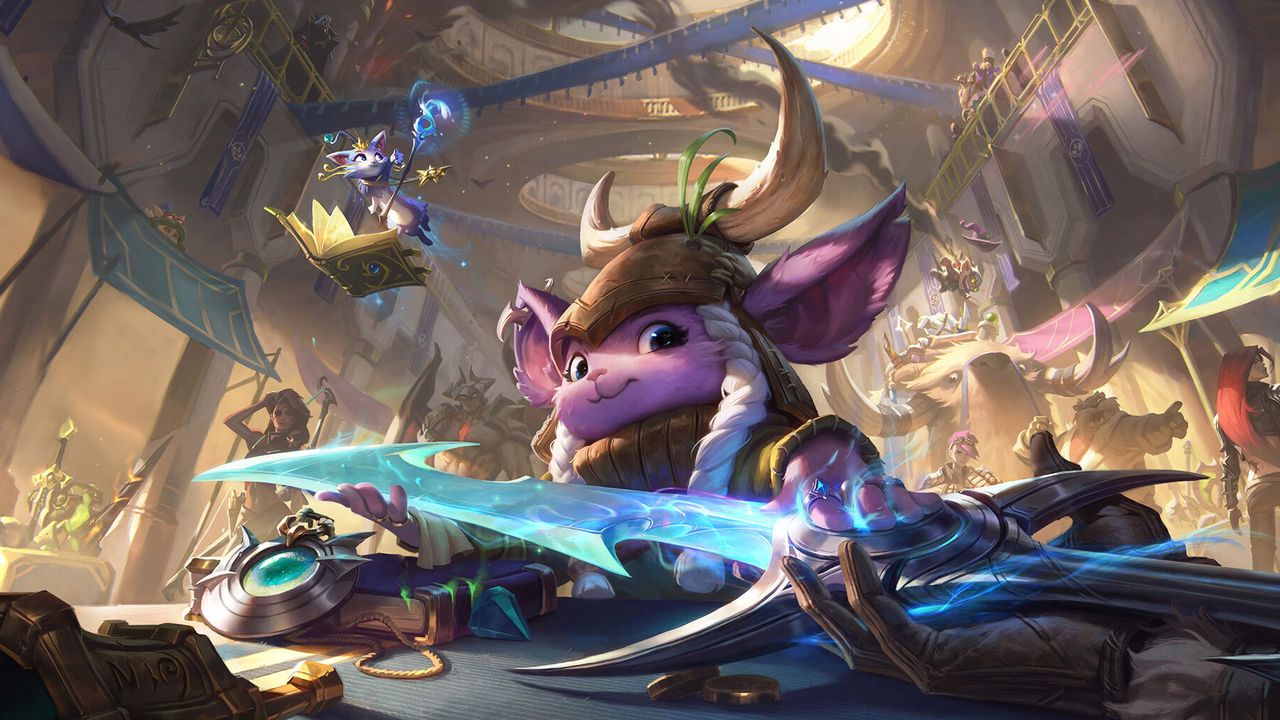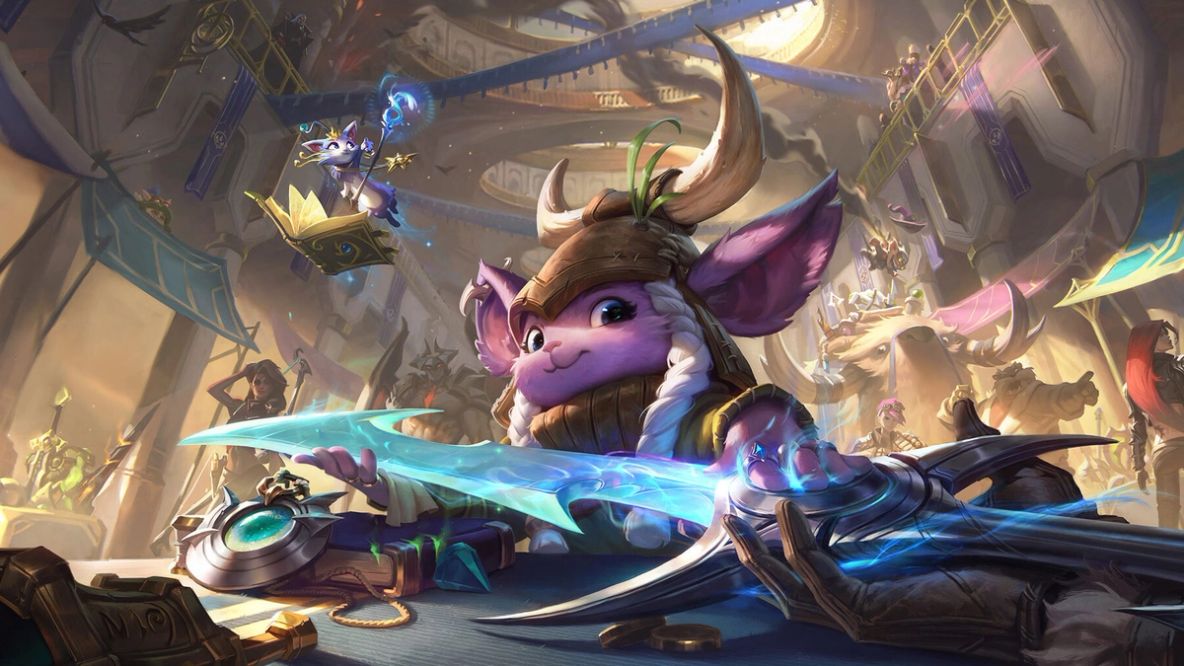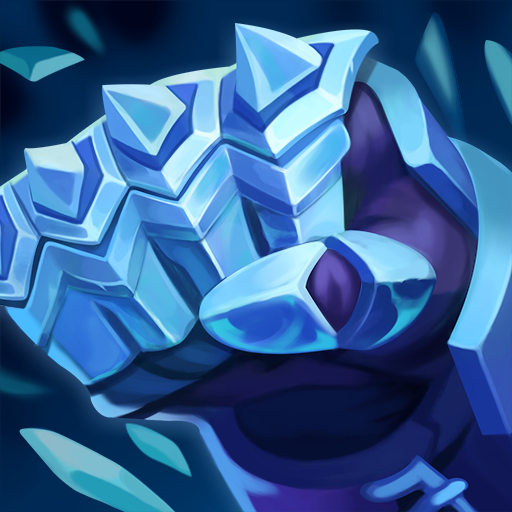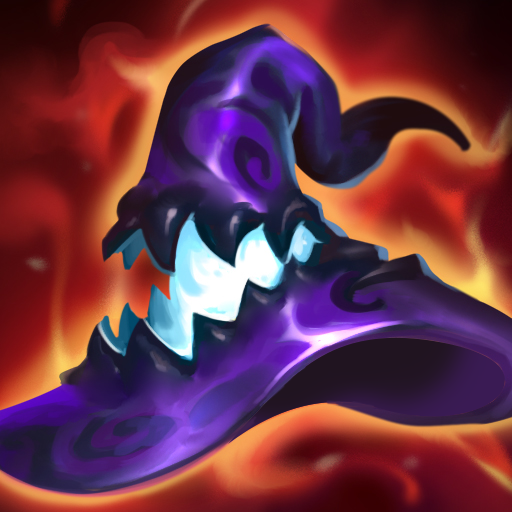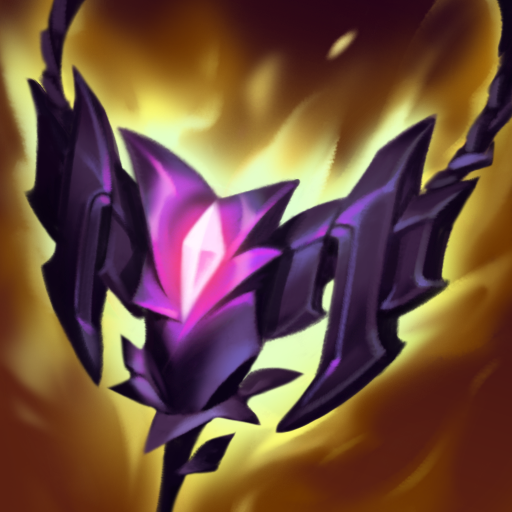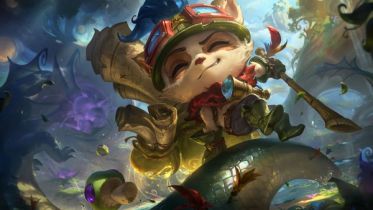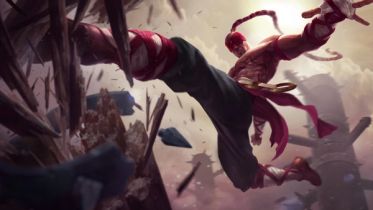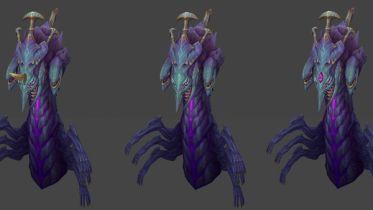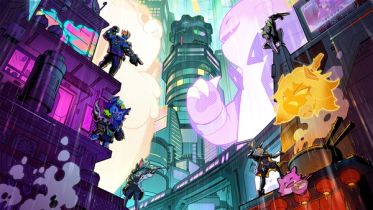/dev: 2024 Item Changes
Hello everyone, I’m Nick “Riot Endstep” Frijia here to talk about items. Specifically, I’ll be covering item power budgets and AP itemization, and then Haiyin “Riot Rose7ea” Yang will take over to talk about support items.
Item Power Budgets
We’ve discussed Mythic items in a previous dev article, so I’ll only cover them briefly here. Since mythic items were added to League, we’ve been unhappy with how items ended up being a larger percentage of the overall power budget than desired and overrode champion kits to an extreme degree. We’re looking to go back on this to allow the core gameplay of League to revolve around fulfilling champion fantasies. This is important because champions are a richer, more compelling, and more immersive way to deliver gameplay fantasies and experiences than items are. League needs to support players who want to attach to specific characters or gameplay fantasies, rather than systemic ones from items. Champion fantasies can be much richer and more compelling than items due to the much larger degree of difference in theme, playstyle, and feel than items do. League’s roster offers a diverse set of different champion fantasies, and not every champion is for everyone, so it’s important to us that we support the existing champion fantasies for anyone who wants to opt into that experience.
Across the board, we’re reducing the power of items to target relatively close to their power level before the mythic system was introduced. Previously, we’ve limited the systemic creep of non-champion power through things like the 12.10 Durability Update or the 13.20 runes nerfs, but we’re looking to address one of the primary sources of excessive snowballing through items. Items are the primary way that you translate gold into power, and as items have grown more powerful over time they have made gold worth more than it was in older versions of the game. At the same time, we've also made it easier for you to access more gold by adding things like turret plates and Treasure Hunter. Some systemic adjustments to the values of different objectives and mechanics are fine, but we believe that the current value of gold has been pushed too high, which has led to excessive snowballing through gold leads (primarily from kill gold and tower gold).
Of course, we understand that you may have some concerns about this — powerful items feel good to buy, and part of the appeal of the mythic system was concentrating power into singular items that could be more satisfying. With these changes, we’re looking to consolidate item power into simple, satisfying effects rather than having more broad items that do multiple different things simultaneously. For example, we’re moving Liandry’s back into being a high-uptime caster item where it is more clearly at its best when the user is dealing damage to their targets over a long period of time. This is in contrast to the new item, Stormsurge, which is the opposite: it’s designed to synergize with gameplay patterns that concentrate their burst into a narrow window.
AP Itemization
Speaking of Liandry’s and Stormsurge, AP itemization and mage items, in particular, have been something you’ve been asking for some time now and is something we’ve wanted to revisit meaningfully. Overall, mages haven’t been happy with their items, and recently, the AP system as a whole has been less exciting than other item systems. As such, we identified two key areas we believe will improve the AP system, particularly for mages: locked slots and pattern binding. Note that this update specifically targets mages and, to a lesser extent, AP assassins and is not intended to address AP fighters.
Locked Slots
You might be saying, “Endstep, what are you talking about? What are locked slots?” When we say “locked slots,” it means the slots in a build that are bound to entire classes, e.g., you must buy this item (or buy from this set of items). In the past, this has been things like Trinity Force for light fighters or Infinity Edge for marksmen. Over time, we’ve generally done one of two things to solve this: either add competitive, alternative items so that even if the slot is “locked,” there are some other options for you to choose between, or remove the locked nature by making the class less dependent upon that item’s output. This time around, we took a hard look at AP champions, and for them, Rabadon’s Deathcap and Void Staff have been locked slots since the dawn of League. On top of that, mages have also had an additional locked slot for their mana item.
The mythic system improved this in a few ways for mages by adding some competition among mana items, which meant that not every mage had to have the same first item. We’re preserving that structure in the newly demythiced system and intentionally changing these mana item options to be more pattern-bound rather than output-bound (we’ll dive into these terms in a bit). We also want to try this same strategy for Void Staff, so we’re introducing Cryptbloom as an alternative percentage penetration option for mages and other AP champions.
Naturally, the next question (which we asked ourselves while working on this project) is, what about Deathcap? Well, we tried multiple alternatives to it and quickly found that even when we made fun and powerful alternatives, players generally preferred buying Deathcap anyway due to the simplicity and fantasy of the AP multiplier. So, while in theory, there might be some genuinely great item that works in this space, for now, we’re focusing on creating a viable Void Staff alternative and leaving Rabadon’s as a big, splashy, iconic fantasy AP item, even if it comes at the cost of a locked slot.
Pattern Binding
Before we get started here, let’s quickly go over the difference between pattern bound and output bound. When we use these terms, what we mean in the item system is that an item that’s pattern bound enhances how a champion accomplishes their goals throughout the game. An output-bound item instead supports those goals directly. Many mythics like Everfrost replaced or subverted intended gameplay on champion kits (for example, Ahri using Everfrost to guarantee charm hits), which made them output bound items that shortcut the intended champion pattern.
Each item system in League serves a set of users, and the broader the pool of users is, the broader the system outputs need to be. There are two ways to broaden a system: by having more specialized items fill out the specific needs of the users (binding the item to particular champion patterns) or by making several items sufficiently broad that they can take on most or all of the users. The AP system in League serves a considerable percentage of the champion roster, but over time, we’ve generally used the latter option, making items more broad and letting anyone in the AP system buy them rather than adding new specialized items to cover specific sections of the user pool. From now on, we should move the AP system towards the second option, where items are more pattern-bound rather than generic. That way, we can ensure that the items we add to the system feel particularly synergistic for some champions and create more diversity among AP builds.
A good example of this is Shadowflame; the original version, with more generic stats (including health) and some flat penetration, is functional for almost every damage-focused champion in the AP system. The new version is still pretty accessible, but it’s riskier since it doesn’t offer any health, is much less potent for poking enemies at high health, and has a specific bonus for damage over time and pet effects, making it bound to particular patterns in a few different ways. This will let different champions specifically feel good about their pattern’s synergy with this item (and similar things are true for a few other items we’ve added/reworked).
Overall, our goals for the AP system were primarily to ensure that AP champions, especially mages, feel better about having more real choices in the system, and more items that feel particularly good for their champion so that item power spikes feel more meaningful for you. But that’s enough talk about magical hats and staves — now it’s time to toss it over to Rose7ea to talk about support items!
Hey everyone, Haiyin “Rose7ea” Yang here to talk about the Support items like Endstep mentioned!
Problems & Goals
Support is an integral role for every team. Where would we be without our Leona setting up the engage for us or our Lulu saving our butts when we lock in Vayne. While Support has been strong in higher levels of play, for the average player, Support has been low agency and, at times, low appeal. So, with this round of changes, we’re focusing on increasing the satisfaction and creating unique power for the class without disrupting the role identity. To do this, looked at the Support quest items, which will allow us to introduce power across all Support champions, especially in early to mid-game, without creating items that would get poached by other roles.
The Support Exclusive Upgrades
To help us achieve this goal, we’ve created five upgrade options after completing your Support quest, which can help Support players express their playstyles and reach a power spike towards the end of the laning phase (along with the first Legendary item purchase). The only difference among the upgrades is the unique passive they carry. For instance, Solstice Sleigh allows you to “ride” with an ally that you fight side-by-side with and buff them. We love how versatile this item is, as it can be used by multiple classes and in both engage and disengage situations. Another item, Dream Maker is inspired by the whimsical Bandle City vibe and lets you bless an ally by sending sweet dream bubbles to them. We worked closely with our Game Analysis Team and designers to extensively test each upgrade to ensure no Support champion is left out of the system. In testing, we’ve also seen that usually a champion will have one or two upgrade options that cover most of their games, and maybe another one that is situationally good. We purposely kept the combat stats the same to allow maximum flexibility so that you only need to choose your upgrade based on game state or playstyle needs. That being said, we also wanted to make sure the system wasn’t too complicated, so the upgrades are designed around traditional class identities and common Support gameplay styles, with Bloodsong to potentially allow an even wider champion pool.
The Quest
We considered a few themes for the “questline,” and the team was very excited about the idea of exploring the Runeterra map and eventually obtaining a local treasure (a treasure that’s tied to a specific region) because as you progress through the quest, you are also mindfully realizing the choice for this game.
We also wanted to address a few player pain points when looking at the quest items. For instance, we’ve seen a big variance in quest completion time due to several reasons. Or when you complete your gold quest, it may not feel all that rewarding. We also know it can be frustrating to try and last hit minions when your carries already have strong wave clear at 20 minutes. These were just some of the issues we wanted to address with this overhaul.
To avoid confusion around the upgrade model, we have identified being able to unify how Support gains gold as the win condition for this update. This was challenging because there are currently four starter items serving AP vs. AD and melee vs. ranged champions. But we also noticed, even with the different choices, once you locked in a champion, there was no meaningful choice around which item you’d take. So we decided to go with the direction of merging quests and began to work through the balancing challenges within this decision’s complexity budget/constraints. We experimented with a lot of different solutions, including using CC or higher amounts of Siege minion gold to help melee champions keep up with the natural advantage ranged champions have, using adaptive force to accommodate different damage types, and even reducing the starter item’s price and allowing Support players to afford basic items of their choice, etc. But they all had various problems regarding player experience, balancing levers, or complexity (mindshare and learning cost for playing as/with/against). Although what we landed on requires some getting used to, we’re confident that it adds the right amount of depth by letting you switch between poking/trading and pushing, and more importantly, Support can reach a more consistent power spike when picking up the upgrade.
We hope you enjoy exploring the upgrades, and the merged quests feel better for all you Support mains out there, as well as anyone else looking to try Support for the first time! We also hope you enjoy the updates to the overall item system we’ve made for all classes. Let us know what ya think, and we’ll see ya on the Rift!
